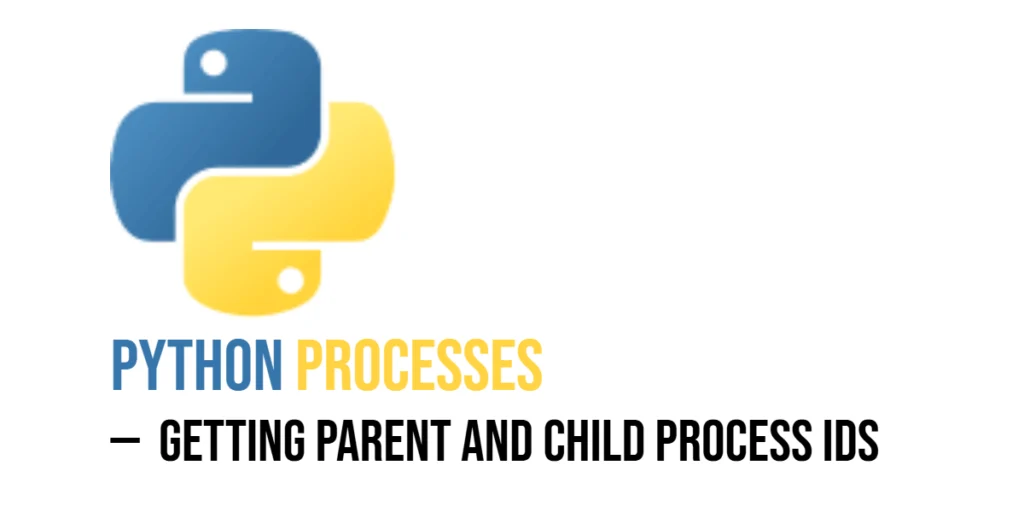In Python, strings are a sequence of characters, and sometimes, you’ll encounter situations where you need to convert them to integers for calculations or other mathematical operations. For example, if you’re processing data from a file, user input, or an API, you may receive numbers as strings. To perform arithmetic or other numerical tasks, you’ll need to convert those string values to integers.

with hands-on learning.
get the skills and confidence to land your next move.
String-to-integer conversion is a simple but essential process, especially when you want to work with numeric data that’s been received in text form. In this article, we’ll focus on how to convert strings to integers in Python, showing you different methods and scenarios where this can be helpful.
Using the int() Function
The int() function is the most common and straightforward way to convert a string to an integer in Python. It takes a string (or other types, like floats) as input and converts it to an integer. This function is versatile and works with various string formats.
Here’s how you can use int() with different types of strings:
Simple Numbers: If the string represents a number without any spaces or special characters, int() will easily convert it to an integer.
int("123") # Output: 123Numbers with Leading or Trailing Spaces: The int() function can handle strings with extra spaces at the beginning or end. It will automatically ignore the spaces during the conversion.
int(" 456 ") # Output: 456Negative Numbers: If the string represents a negative number, int() will convert it correctly, including the minus sign.
int("-789") # Output: -789In all of these cases, int() will return the integer representation of the string, making it ready for mathematical operations.
Handling Non-Numeric Strings
When you attempt to convert a string that doesn’t represent a number (like letters or symbols) to an integer, Python will raise a ValueError. This happens because int() can only convert strings that contain valid numeric values.
int("abc") # Raises ValueError: invalid literal for int() with base 10: 'abc'To handle this situation gracefully and prevent your program from crashing, you can use a try and except block. This allows you to catch the error and take appropriate action, such as displaying an error message or using a default value.
try:
number = int("abc")
except ValueError:
print("Cannot convert non-numeric string to integer.")In this example, when Python encounters the ValueError, it will skip to the except block and print the error message, instead of halting the program. This approach helps ensure that your program can continue running even when faced with unexpected input.
Converting Strings with Different Bases (e.g., Binary, Hexadecimal)
The int() function in Python also allows you to convert strings representing numbers in different numerical bases (such as binary, octal, or hexadecimal) into integers. This is done by specifying the base parameter in the int() function.
Binary (Base 2): Binary numbers are represented using the digits 0 and 1. You can convert a binary string (like "1010") into an integer by passing 2 as the base.
int("1010", 2) # Output: 10 (binary '1010' is equal to decimal 10)Hexadecimal (Base 16): Hexadecimal numbers use digits from 0-9 and letters from A-F (where A=10, B=11, etc.). To convert a hexadecimal string to an integer, use 16 as the base.
int("A", 16) # Output: 10 (hexadecimal 'A' is equal to decimal 10)Octal (Base 8): Octal numbers are represented using digits from 0 to 7. To convert an octal string to an integer, pass 8 as the base.
int("123", 8) # Output: 83 (octal '123' is equal to decimal 83)In all these cases, the int() function interprets the string based on the base you provide and returns the corresponding integer in decimal form. This is particularly useful when working with data in different formats, such as binary files or color codes in hexadecimal.
Converting Strings with Custom Formatting (Handling Special Cases)
Sometimes, strings may contain non-numeric characters like commas, currency symbols, or spaces. These characters can interfere with the conversion to integers. Before converting such strings, it’s often necessary to preprocess them by removing or replacing the non-numeric characters.
For example, if you’re working with strings that represent large numbers with commas (e.g., "1,000,000"), you can remove the commas before converting the string to an integer.
string = "1,000,000"
clean_string = string.replace(",", "") # Remove commas
number = int(clean_string) # Output: 1000000
print(number)In this case, the replace(",", "") method removes all commas from the string. The cleaned string ("1000000") is then successfully converted to the integer 1000000 using int().
For other special cases, such as currency symbols or spaces, you can apply similar preprocessing steps, like using replace() to remove characters that aren’t digits. This ensures that only the valid numeric portion of the string is passed to int().
Converting Strings Representing Decimal Numbers (Floats)
When you attempt to convert a string that represents a decimal number (a float) directly to an integer using the int() function, Python will truncate the decimal part, effectively rounding down the value to the nearest whole number. This means any digits after the decimal point are discarded.
int(float("3.14")) # Output: 3 (decimal part is discarded)In this case, the string "3.14" is converted to the integer 3, with the .14 part discarded.
Another example:
int(float("0.99")) # Output: 0 (decimal part is discarded)Here, the string "0.99" is converted to the integer 0, as Python truncates everything after the decimal point.
It’s important to remember that this behavior does not round the number; it simply drops the decimal part. So, "3.99" would also become 3 after conversion.
If you want to round the number before converting it to an integer, you can first convert the string to a float and then use the round() function.
rounded_value = round(float("3.99")) # Output: 4
print(rounded_value)This ensures the value is rounded to the nearest integer before conversion.
Converting Strings from User Input
In Python, the input() function is used to gather user input, which is always returned as a string. If you need to convert this input into an integer (e.g., to perform calculations), you can use the int() function.
Here’s an example where the user is prompted to enter a number, and the input is then converted to an integer:
user_input = input("Enter a number: ")
number = int(user_input)
print(f"The number is: {number}")In this example, the input() function prompts the user to enter a number, and the input is stored as a string in user_input. The int() function converts the string input into an integer. The result is printed using an f-string.
If the user enters a valid number, like "25", the output will be: The number is: 25.
However, if the user enters something that isn’t a valid integer (e.g., "abc"), a ValueError will be raised. You can handle this by using a try and except block to catch errors and give feedback to the user.
Example with error handling:
try:
user_input = input("Enter a number: ")
number = int(user_input)
print(f"The number is: {number}")
except ValueError:
print("That's not a valid number!")This will ensure that the program doesn’t crash and informs the user if the input is not a valid number.
Using map() to Convert Multiple Strings to Integers
The map() function in Python allows you to apply a function to each item in an iterable, like a list, and return an iterator with the results. This can be particularly useful when you have a list of strings that you want to convert to integers.
You can use map() with the int() function to convert each string in the list to an integer. Since map() returns an iterator, you can convert the result to a list using list().
str_numbers = ["1", "2", "3", "4"]
int_numbers = list(map(int, str_numbers)) # [1, 2, 3, 4]
print(int_numbers)In this example, str_numbers is a list of strings representing numbers. map(int, str_numbers) applies the int() function to each item in the list. list() converts the resulting iterator into a list of integers.
The result is a new list, int_numbers, which contains the integers [1, 2, 3, 4].
If you’re working with a larger dataset or need to apply the conversion to more complex data structures, map() provides an efficient way to handle the transformation in a single step.
Conclusion
In this article, we explored the various ways to convert strings to integers in Python. Here’s a quick recap of the methods we covered:
- Using
int(): The standard and most common way to convert a string to an integer. - Handling Different Bases: Converting strings representing numbers in binary, hexadecimal, or octal formats using the
baseparameter inint(). - Cleaning Strings: Removing non-numeric characters (e.g., commas) before conversion.
- Converting Decimal Strings: How converting decimal strings (floats) with
int()truncates the decimal part. - User Input: Using
input()to gather string input from the user and converting it to an integer. - Using
map(): Efficiently converting multiple strings to integers with themap()function.
By experimenting with different string inputs and methods, you’ll gain a deeper understanding of how Python handles type conversion. Whether you’re dealing with simple numeric strings, user input, or more complex formats, Python provides a variety of tools to help you make the conversion process smooth and flexible.







